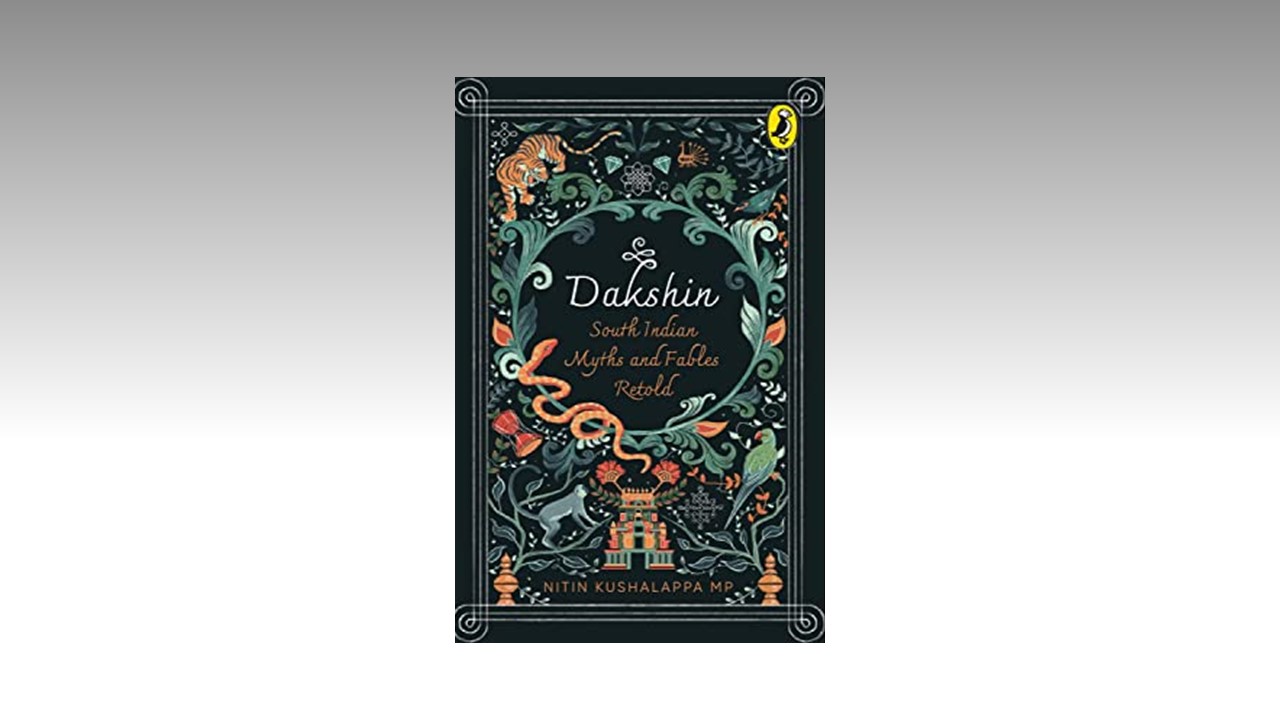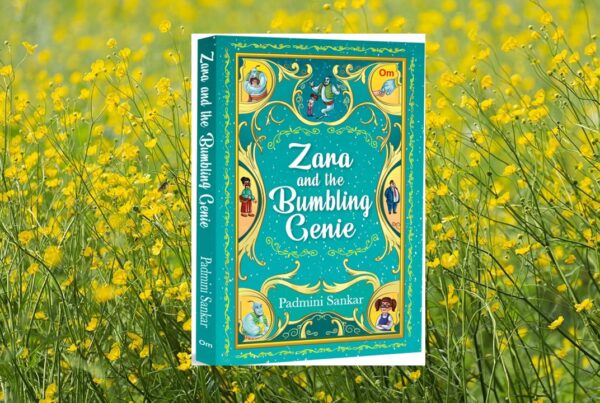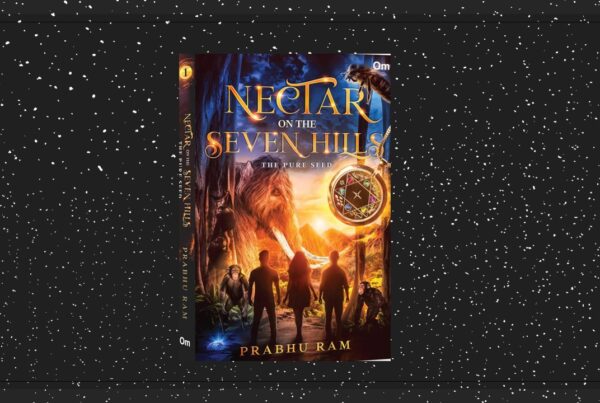Nitin Kushalappa’s Dakshin is a collection of fifteen delightful folktales from South India. Some of them are translations from folk songs, while others are retellings. Dakshin includes vibrant fables from Karnataka (four from the Kodagu district), Tamilnadu, Telangana, Andhra Pradesh, Kerala, and even one from Orissa. Talking animals, Gods visiting Earth, celestial beings, magic, fairies, myths, legends; these stories have them all.
This book is a perfect blend of history, mythology, folklore, and tradition, helping the reader learn about the culture and customs of a community. What is intriguing is how the author introduces each story and explains its origin, be it a folktale, a regional song, or just a story narrated to him by his teacher or family. He also correlates the locations with current geography. The narrative includes many regional words, making it authentic.
Each story ends with a moral, reminding the reader of Jataka Tales or Panchatantra tales. These fables have been lesser heard, passed by word of mouth from one generation to another, making this book a gem.
The top three stories I enjoyed the most include The Sage and the River, The Tale of the Last Sun, and The Tale of the Jungle River.
The Sage and the River is the story of Sage Agastya and his wife Lopamudra and the origin of the river Kaveri. It tells us how the Kaveri came into being including the formation of Talakaveri. Deep-rooted in mythology yet with a woman’s empowerment angle, this story ends with a moral that correlates to Kodava customs.
The Tale of the Last Sun is an Oriya folktale that describes man’s harmony with nature, the consequences of disturbing this balance, and how not all heroes wear capes. The hero in this story is the humble rooster. Read this story to find out how he saves the world.
The Tale of the Jungle River is a story narrated to the author by his teacher; I found this very inspiring and poignant. It ends with the message that it is important to appreciate things, big or small.
The reader will enjoy the trivia that is peppered throughout the stories. For example, the author mentions that the tale of Bala Nagamma has been made into a movie. The Kodava culture is described beautifully. We learn why the women of Coorg tie their sarees differently or why the men carry knives that have an imprint of a crescent moon on them.
The language of Dakshin is simple and lucid. The fabulous illustrations by Pari Satarkar make it engaging. An engrossing read for lovers of legend and lore!




